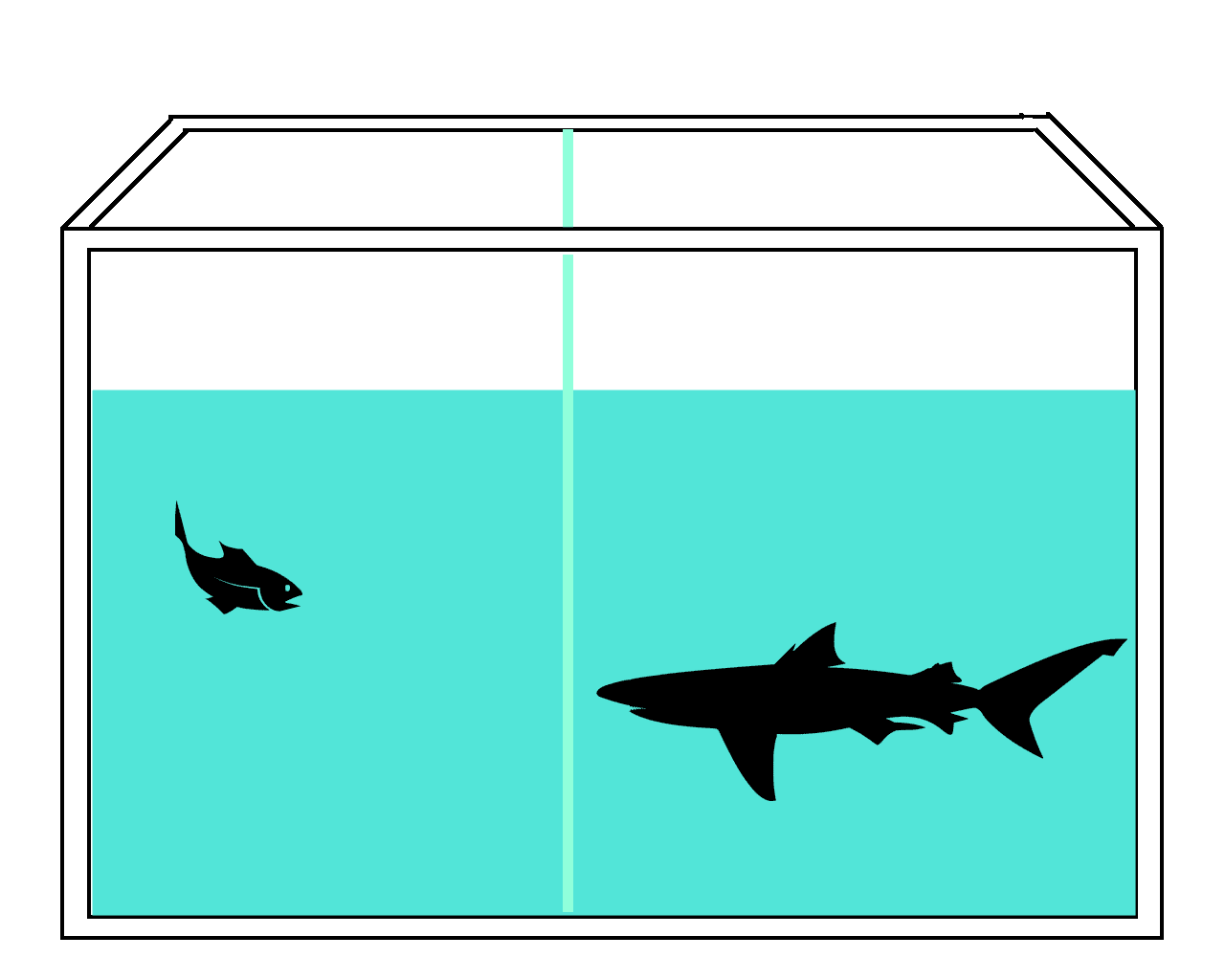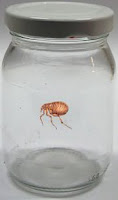Learned Helplessness

In an experiment, sharks are placed in an aquarium with a glass partition separating them from fish on the other side. Despite their attempts to catch the fish, the hungry sharks repeatedly fail to reach them due to the glass barrier. Eventually, the sharks learn to stop swimming into the glass barrier to reach the fish. Even when the glass partition is removed, indicating free passage to the other side, the sharks, having learned helplessness, do not attempt to cross over to where the fish are. They continue swimming as if the glass barrier is still there. This phenomenon is termed "learned helplessness" in psychology.
Learned helplessness occurs when an individual, after experiencing numerous failures in a situation, comes to believe that their efforts will be futile and that they have lost control over the outcome, leading them to cease seeking new solutions.
In any area, learned helplessness manifests as the belief that one cannot do anything. Negative experiences can condition individuals or organisms, affecting their subsequent behaviors. For instance, a student who consistently fails in class may stop studying due to a belief that they are incapable of success.

The concept of learned helplessness was first coined by Seligman and his colleagues. In an experiment with dogs, three groups—escape, control, and yoke—were subjected to different conditions. In the escape group, dogs were placed in a box where they could escape electric shocks by pressing a panel. The control group received the same number of shocks but had no means to escape. The yoke group received no shocks.
In the second phase of the experiment, all dogs were placed in a box with a panel that could stop the shocks by crossing over. While the escape and control groups quickly learned to avoid shocks by crossing over, the dogs in the yoke group, having learned that their behavior had no effect on the shocks, made no attempt to cross the panel, even after repeated trials.
The failure of the dogs in the yoke group to exhibit escape-avoidance behavior stemmed from their learning that there was no connection between their actions and the shocks they experienced. This belief that there is no relationship between behavior and its consequences leads to helplessness behavior. This phenomenon is applicable across various aspects of life.
 Another experiment related to learned helplessness involved fleas. Fleas capable of jumping up to 50 cm were placed in a jar only 30 cm tall. After repeatedly hitting the lid while attempting to jump, the fleas learned to jump only 29 cm high. Even after the lid was removed, the fleas continued to jump only 29 cm.
Another experiment related to learned helplessness involved fleas. Fleas capable of jumping up to 50 cm were placed in a jar only 30 cm tall. After repeatedly hitting the lid while attempting to jump, the fleas learned to jump only 29 cm high. Even after the lid was removed, the fleas continued to jump only 29 cm.
Learned helplessness results in three levels of loss of control in individuals:
1) Motivational loss of control: Individuals become less active in their behaviors. Even when they have the opportunity to change their situation, they lack the desire to control or change it. Behaviors such as avoidance and withdrawal become prevalent.
2) Emotional loss of control: Believing that their efforts will be fruitless, individuals experience increased internal loss of control. This leads to stress, anxiety, hopelessness, loss of confidence, depression, increased blood pressure, and disrupted heart rhythms.
3) Cognitive loss of control: Individuals with weakened control perceptions have a reduced or eliminated likelihood of controlling possible events. They may fail to establish connections between actions and outcomes.
Learned Helplessness and Depression
Learned helplessness arises from negative situations, which are stressors. Daily life challenges, workplace stress, etc., exert pressure on individuals, leading to sadness, distress, and stress. Prolonged exposure to these stressors can lead to depression.
Learned helplessness and depression share similar characteristics. Both involve feelings of sadness, anxiety, loss of appetite, sleep disturbances, and reduced activity levels. Similarly, both learned helplessness and depression involve loss of control and motivation. Depression can be considered a form of learned helplessness.
In Seligman's experiment with dogs, administering depression medication to dogs under restraint resulted in improvement. Dogs given depression medication exhibited crossing behavior similar to the escape group dogs.
"There is a striking similarity between learned helplessness and a famous anecdote involving monkeys and a ladder. Monkeys conditioned not to climb a ladder despite the absence of any external barriers reflect how mental barriers can restrict individuals, akin to learned helplessness.
As demonstrated in experiments, many of the obstacles in our lives are actually in our minds. Once we learn helplessness, it becomes a chain that binds us, making us believe we cannot break free from it. We often fail to achieve many things in life not because we are incapable but because we believe we are incapable."
The chains of habit are too light to be felt until they are too heavy to be broken. Warren Buffet
How many chains are we unknowingly imprisoned by? Our habits, false beliefs unknowingly make our lives difficult. Learned helplessness, embedded in our lives, hinders our happiness and success. Take a look at your life and break free from these chains. Do not allow your habits and false beliefs to hinder your happiness. Discover the power within you, believe in yourself. The key to your happiness lies within your mind; if you seek it, you can find it.


